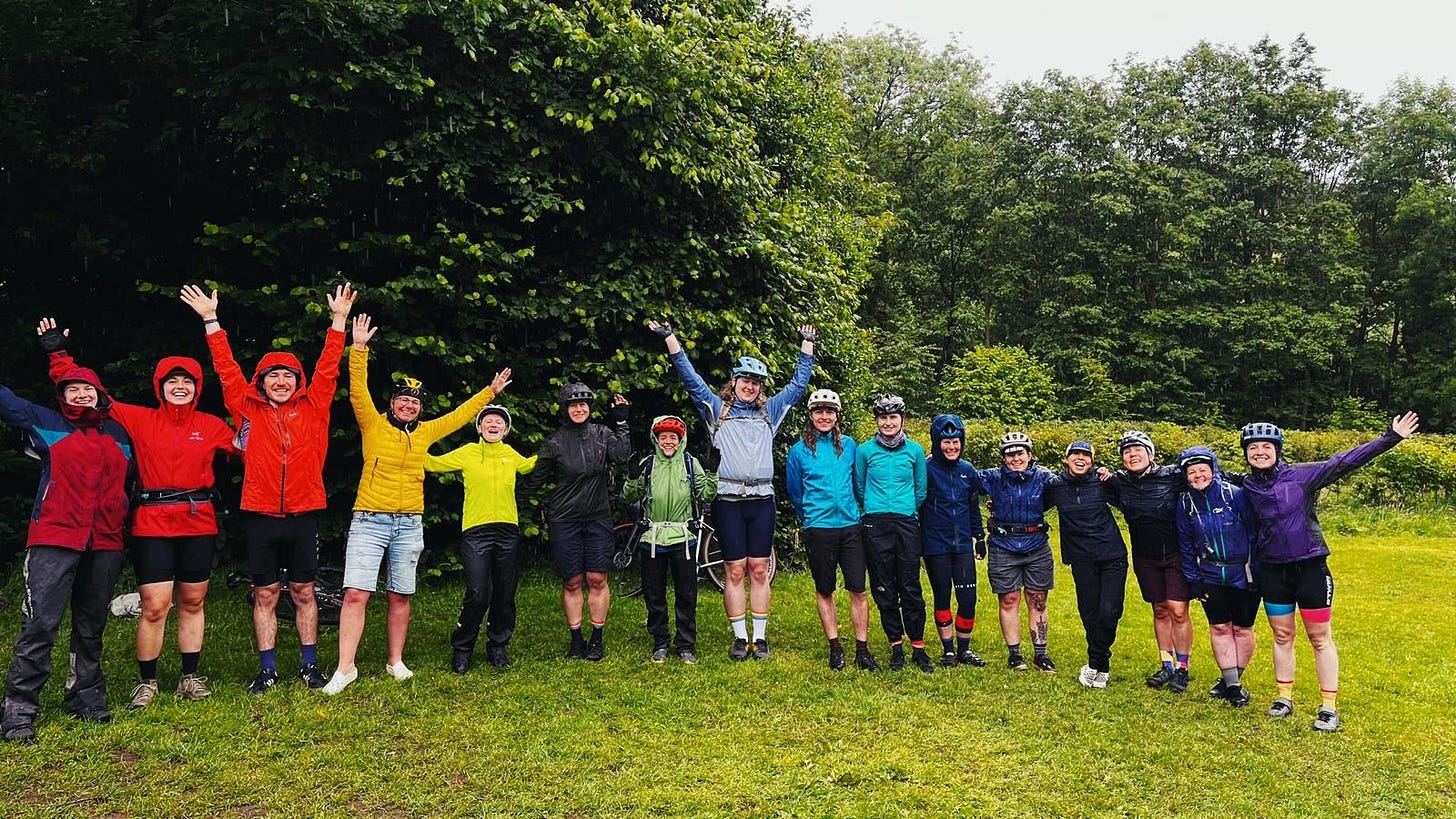Hello friends,
I planned to come to you with one story today, and instead I’m coming to you with another.

Any sort of autobiographical writing involves constant decisions about what to say and what to leave out – about which version of the story to tell. I first realised this ten years ago, when I was writing What Goes Around, and discovered that if I wanted to keep my book within the 90,000 words my contract specified, I had to leave so much out that it no longer felt like a truthful representation of the life I had led.
There were whole characters and plot lines that I planned to work into the story, but didn’t, because I was already over the word count before I could start writing about them. Before the book was published, I worried simultaneously that the people I had included would be offended by my misinterpretation of their personalities, and that the people I hadn’t written about would be offended by being left out. (As far as I know, no one was actually offended.) I thought constantly about all the other things that had been going on, alongside the events I was writing about; the contexts I didn’t provide, the clarifications I didn’t offer.
Towards the end of writing that book, as I gouged out chapters to meet the word count, or sliced them up and distributed their material elsewhere, I started to compare myself to a sculptor, hacking her opus out of an uninflected mass of stone. Autobiographical writing doesn’t really emulate life – it uses the great big sprawling, self-contradictory mass of lived experience as its raw material, and decides which story to tell about it, or if, indeed, any story is worth telling. It tries to recapture what was thought and felt and seen in a particular moment, whilst also exerting the skills and perspectives of hindsight. Sometimes, while writing What Goes Around, I spent hours researching the history of a particular location or landmark (there was a long section about Denmark Street in the original MS, which I spent ages on, and hated having to cut), and knew simultaneously that I was improving the reader’s experience, and that I hadn’t had any of that knowledge whilst I was actually delivering packages on Denmark Street.
This week’s newsletter was going to be about the blissful utopia that a group of queer people briefly created in the Peak District this weekend. Jess Morgan (of Rapha) and I had discussed putting together an LGBTQ+ bikepacking event for Pride Month, and as soon as we came up with the name – HIGH CAMP – we knew we had to make it a reality.
Keep reading with a 7-day free trial
Subscribe to Unfinished Journeys to keep reading this post and get 7 days of free access to the full post archives.



